A mother of 3 in her early 30’s who had subglandular breast augmentation with saline implants 9 years before through a trans-axillary incision. She has had her 3 children since that time and would like her breasts to be fuller and more like they were before children. She is also bothered by visible and palpable wrinkles, especially in the cleavage area and upper breast when she leans forward. She is 5’5 and 127 lbs and wears a 32 cup bra.
She is shown before and again, 6 weeks after replacement of her saline implants with Ideal Structured Saline implants 370-415 filled to 415 cc total volume and placed in the original sub-glandular position though an inframammary incision.
Discussion: She already has some stretching of the lower part of her breast which is at 9.5 cm from the infra-mammary fold to the nipple. Her breast tissues are relatively thin with a caliper pinch of 2 cm. She had her implant card which showed Mentor moderate profile 275-300 cc implants filled to 300 cc. The base of this implant is 11.7 cm and it projects 4.3 cm She was sized in the office by adding Mentor sizing shells to her existing volume and she liked the addition of 125 cc but 150 cc started to look too full for her petite frame. In addition, the larger the implant, the more weight related stretching of the breast tissues so we elected for the 415 cc size Ideal structured saline implant, which is similar to a high profile silicone implant. In the case, the empty implant volume is 56 cc and the inner/back lumen is filled to 214 cc and the front/outer lumen is filled to 145 cc to give the total volume of 415 cc. This Ideal implant has a base of 11.7 when filled to 415 and has a projection of 5.3 cm. So is fits the space of her old implant but does not require any modification of the lower breast implant capsule- we can preserve the capsule to help support the new implant and help to protect her tissues from more stretching. She could have changed to a silicone gel implant to have less ripples and wrinkles but did not like the idea of a possible silent rupture- she liked being able to detect a leak with the saline implants on exam. She was changed to the Ideal structured saline implant and loves the new feel. She says that the wrinkles and ripples are nearly gone and do not feel like “a baggy filled with water” like her old implants. The higher profile gives a little more fullness in the upper breast.
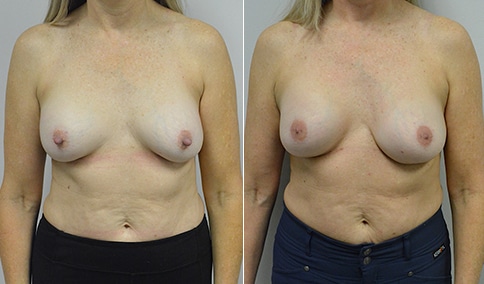
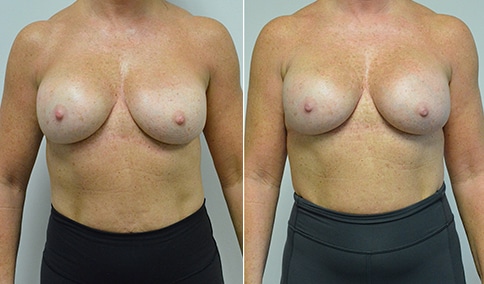
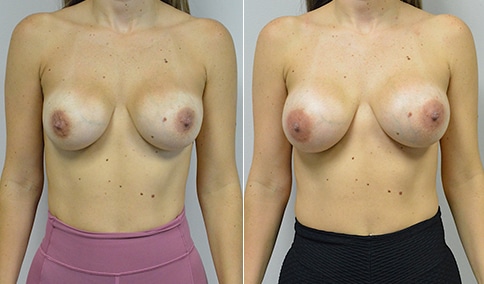
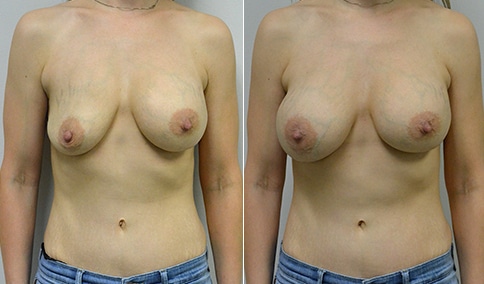
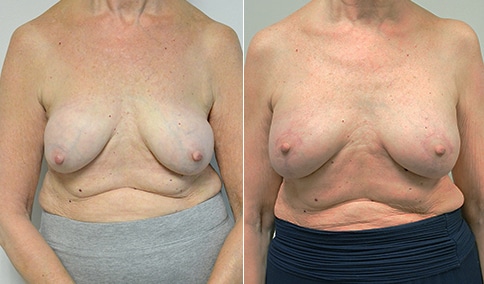
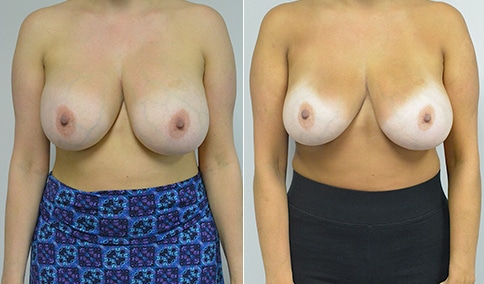
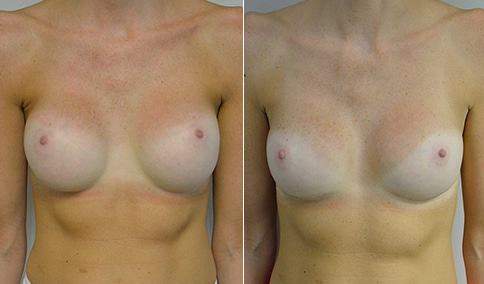
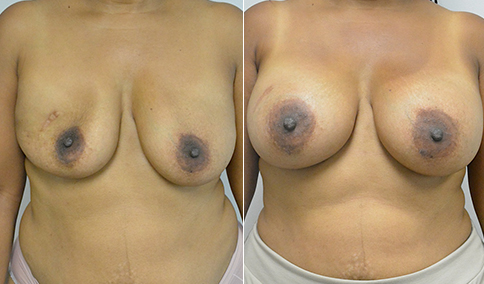
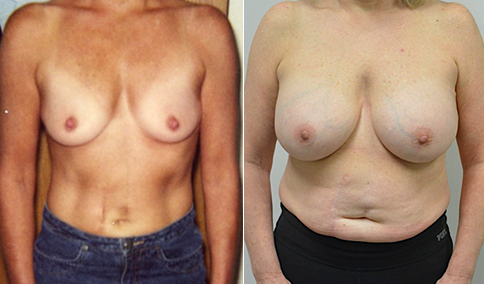
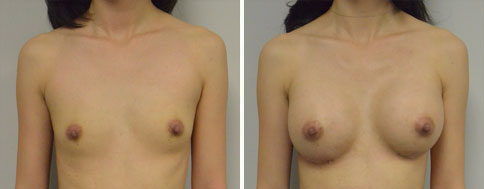
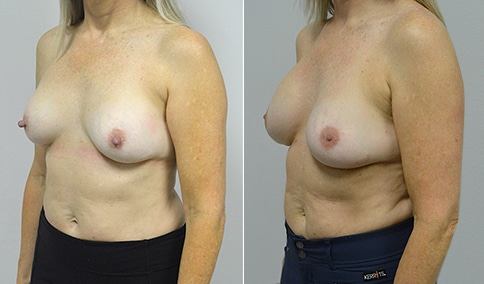
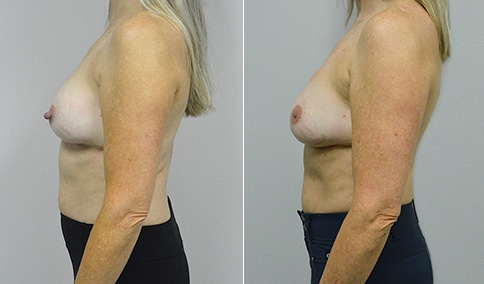
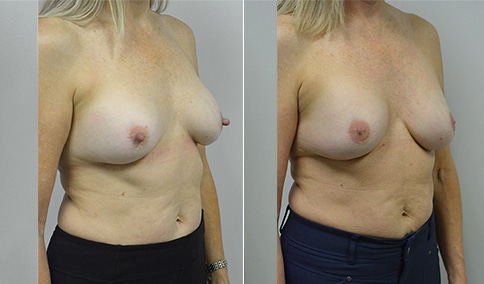
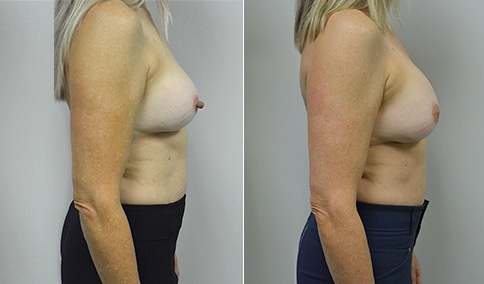
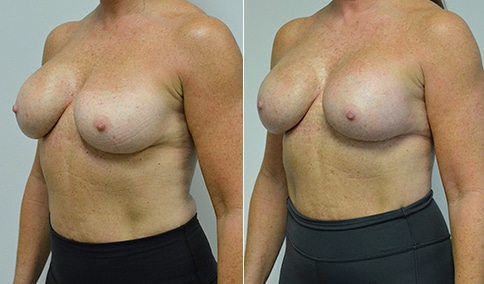
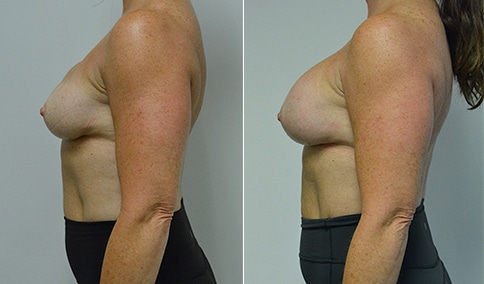
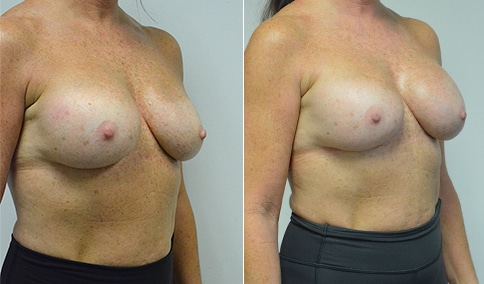
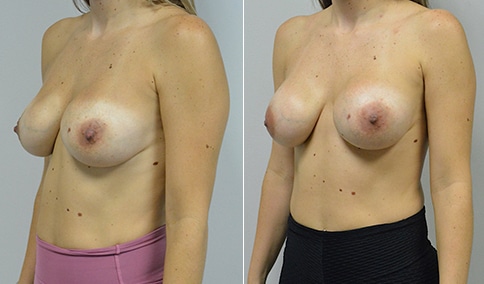
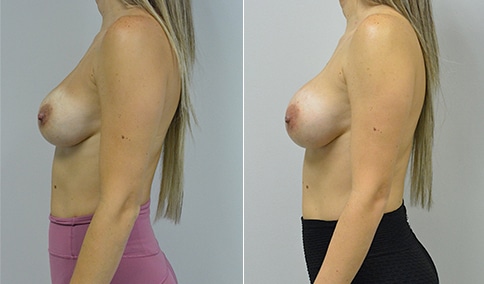
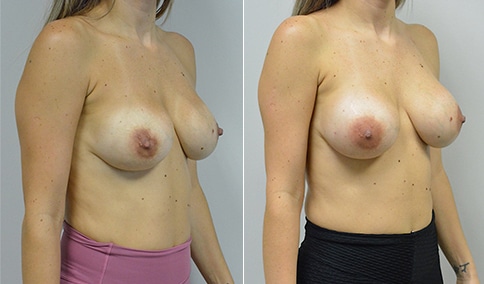
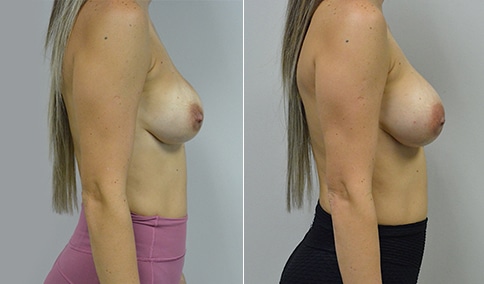
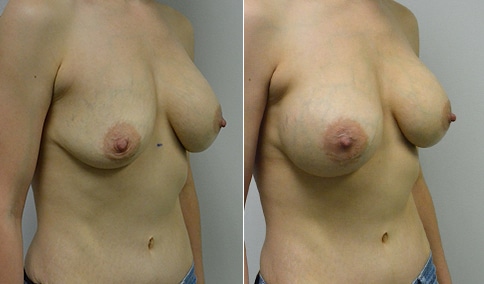
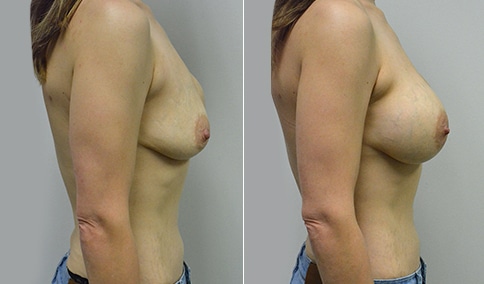
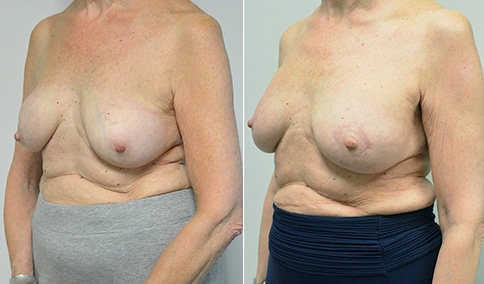
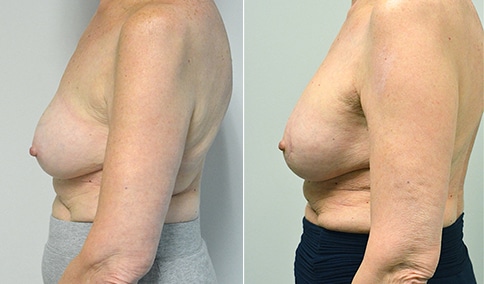
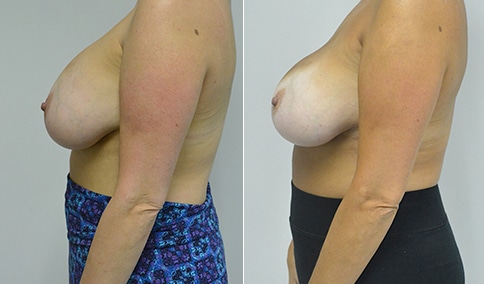
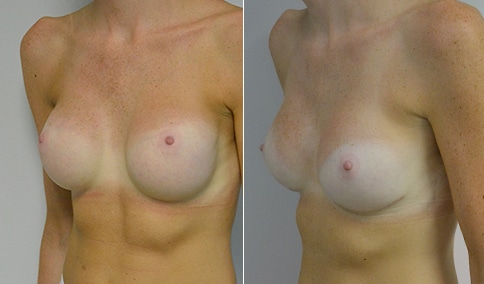
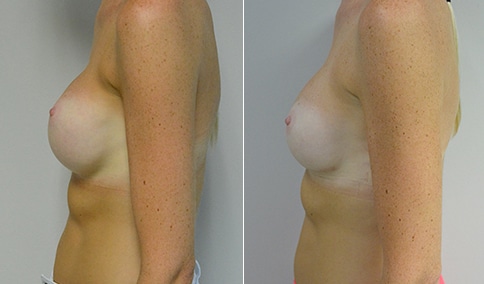
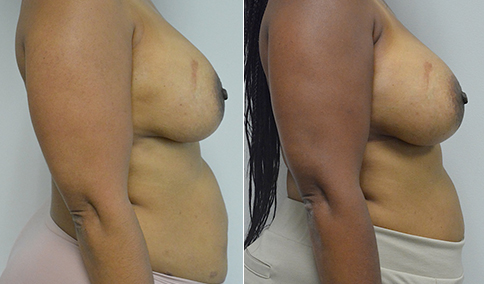
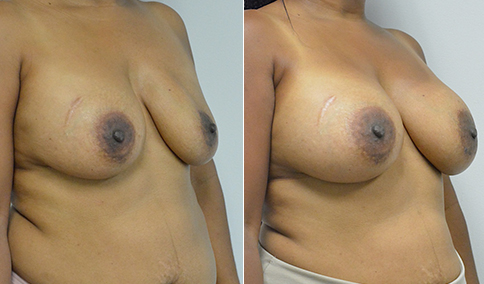
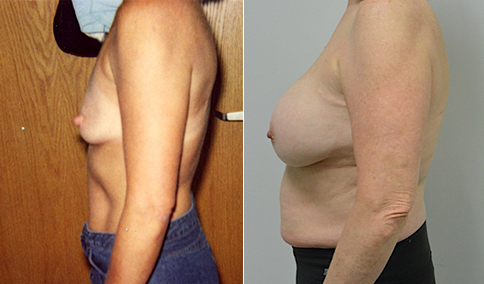
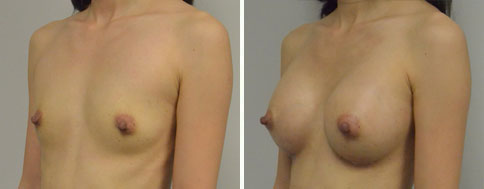
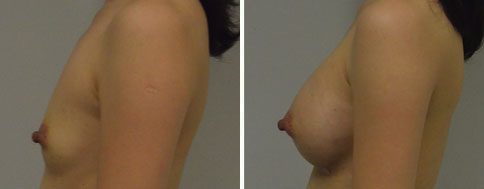





Cosmetic & Plastic Surgery Specialist
"I treat my patients like I would treat
- Jonathan D. Hall, MD, FACSmembers of my own family."
Schedule Consultation